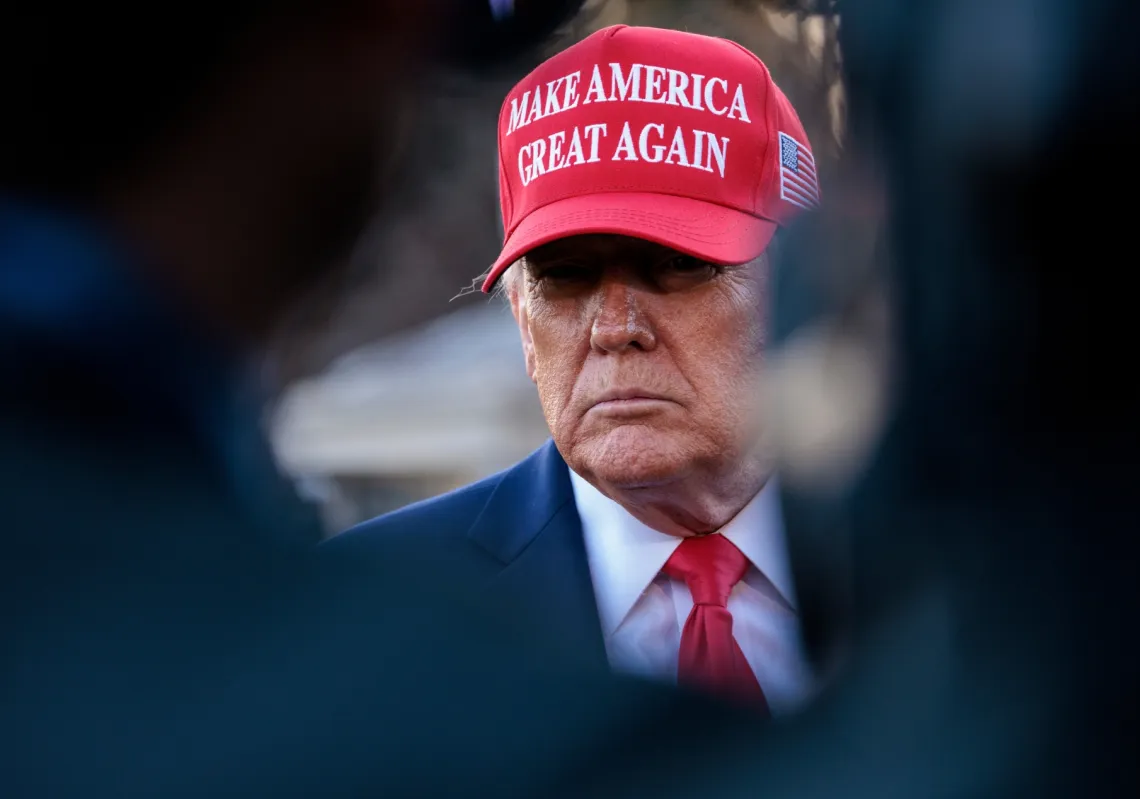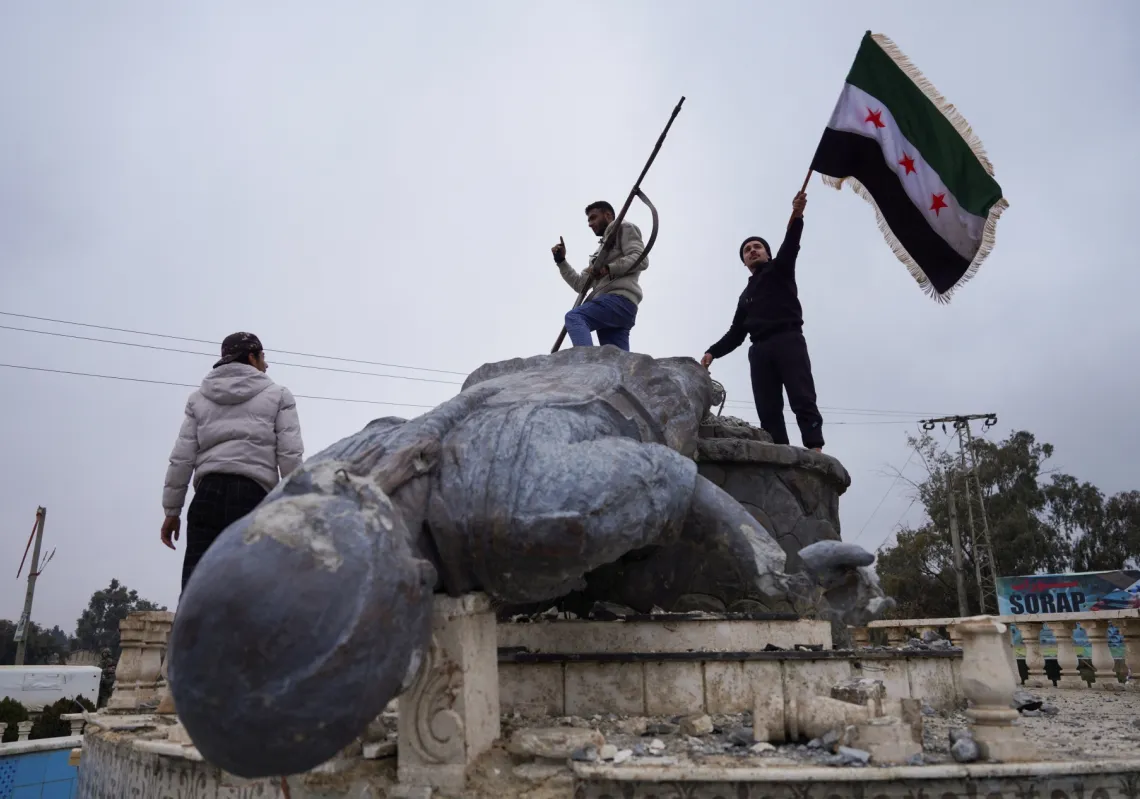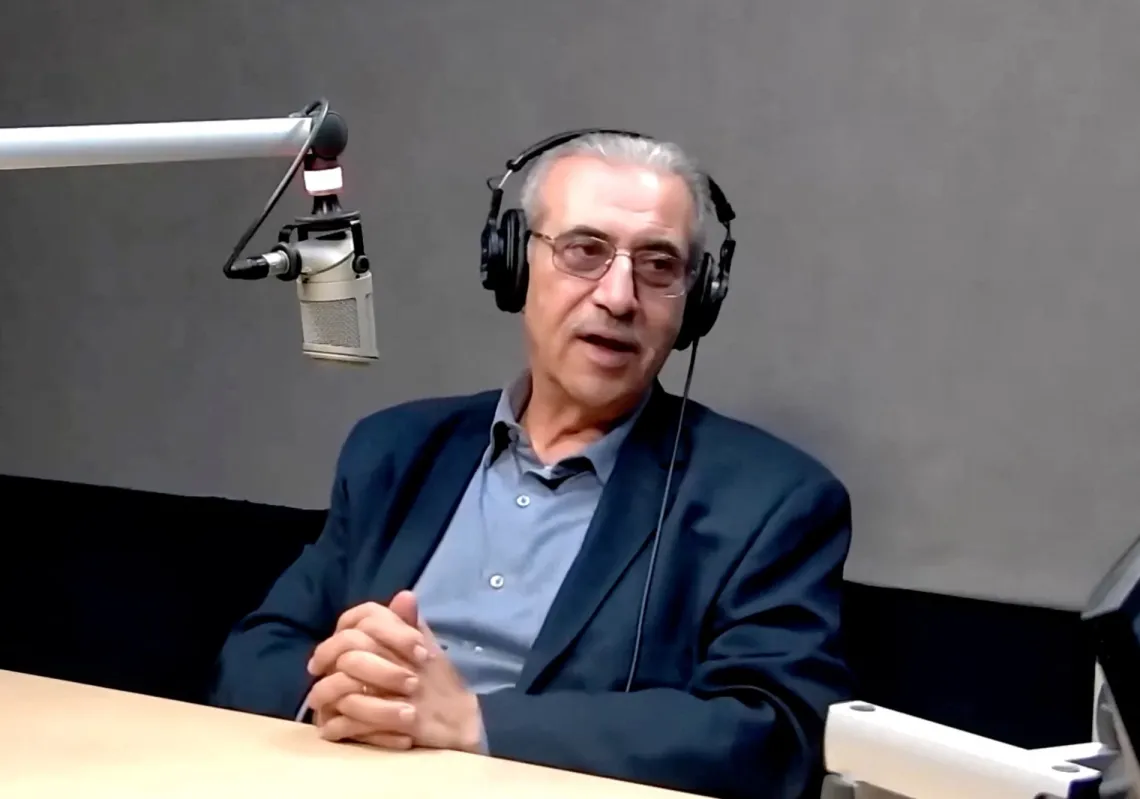Lebanon’s Fajr Forces claimed responsibility for attacks against Israel in mid-October, in a surprise development for observers of the long-running clashes there at a time of heightened tensions around the border.
A statement from the military wing of the country’s Islamic Group – itself the Lebanese branch of the Muslim brotherhood – left no room for doubt.
It said "missile strikes aimed at Zionist enemy locations in the occupied territories” were carried out, “resulting in direct hits” on 18 October. And Fajr Forces went further, promising "further responses to any aggression against our people in the south."
But it did raise questions. The claim caused surprise in Lebanon and abroad, with leaders of the Muslim Brotherhood itself seemingly unaware it was coming before it was released to the public. Some were caught aback by the moves to become involved militarily in border skirmishes with Israel.
And so, observers were left looking at how the Fajr Forces became part of the action on the front line, with some also asking who they are aligned with, as well as who they are.
Read more: A Middle East war motivated by destructive politics
Some were even wondering if the missile strikes were merely attributed to them by the Islamic Group, or what the claim of responsibility might reveal about its structure and the balance of power and influence currently at work.
Al Majalla’s look for the answers begins with the origins of the Fajr Forces. It goes on to look at the way political forces are shifting, and re-shaping the dynamics at work among the groups that will define what happens next at a critical – and dangerous – time around Israel’s northern borders with the Arab world.
Back to the 1980s
The Fajr Forces emerged in 1982 during Israel’s invasion of Lebanon, when the country was also still in the grip of its own civil war. It was one of a range of ideologically diverse organisations that took action against the Israeli occupation.
They were around before the rise of Hezbollah, which wanted to centralise the resistance under its control.
In 1989, the Taif Agreement – or National Reconciliation Accord – ended the civil war and required that militia groups surrender their weapons to the state, with the exception of Hezbollah.
After that, the name Fajr Forces only intermittently surfaced, but it retained its place within the Islamic Group and maintained an independent budget.
Read more: The geography of Lebanon may tell whether war is spreading
Two factions
In 2016, Azzam al-Ayoubi was elected as the secretary-general of the wider Islamic Group amid a reformist initiative aimed at tempering the ideological legacy of the Muslim Brotherhood and fostering openness to local political forces and Arab countries.
With that underway, the group's military arm came under scrutiny.
Al-Ayoubi's dismissed the commander of the Fajr Forces, Khaled Badih, and other military leaders, when he discovered financial and organizational shortcomings. He appointed Talal al-Hajjar, from the Iqlim al-Kharoub area south of Beirut, as the new commander.
But the ousted commanders refused to go quietly. When al-Ayoubi backtracked on his decision, the Fajr Forces split into two factions, largely along regional lines.
One of them is led Badih and is made up of members from around his hometown of Sidon, as well as Tripoli, and Akkar.
The other is led by al-Hajjar and is active in Sunni areas along the coast of Mount Lebanon and the Bekaa.

Extending Hamas' Reach
There was a further split among the Islamic Group’s senior leadership along geopolitical lines.
Al-Ayoubi’s leadership, along with his deputy Imad al-Hout, leans towards Turkey and Qatar.
The other has signs of the influence of Hamas and favours an alliance with Hezbollah and the so-called Axis of Resistance nations led by Iran.
And since Hamas wields significant influence over the Islamic Group, the politics of the two organisations overlap.
Another split in the Islamic Group in Lebanon runs along similar lines to changes at the top of Hamas. The emergence of new leaders – including the head of Hamas in Gaza, Yahya Sinwar, and the deputy head of its politburo, Saleh al-Arouri – followed the removal of Khaled Meshaal, Hamas’ former head, from decision making.
Meanwhile, Hezbollah supported and fuelled this conflict of interests to reinforce its alliance with Hamas.
There is a feeling that all this amounts to a deeper form of influence from Hamas – which launched the 7 October attacks on Israel, masterminded by Sinwar – a development that could intensify the clashes around Lebanon’s border with Israel.
Should existing ‘rules of engagement’ be broken there, it could result in the war with Israel spreading beyond the Gaza Strip.
Read more: Israel's conflict management: What could possibly go wrong?
Sources from the senior ranks of the Islamic Group have disclosed that Hamas has intervened in the internal disputes within the Fajr Forces.
They suggest Hamas has endorsed a third faction led by Omar al-Kaaki from Beirut and based around the city. It is also active in Sunni towns and villages in the area, with a presence across various sectors, including service, education, and health.
Security sources – as well as internal sources and people close to Hezbollah – say that this third faction is receiving intensive military training from Hamas alongside direct funding via al-Arouri, who is directing the group.















